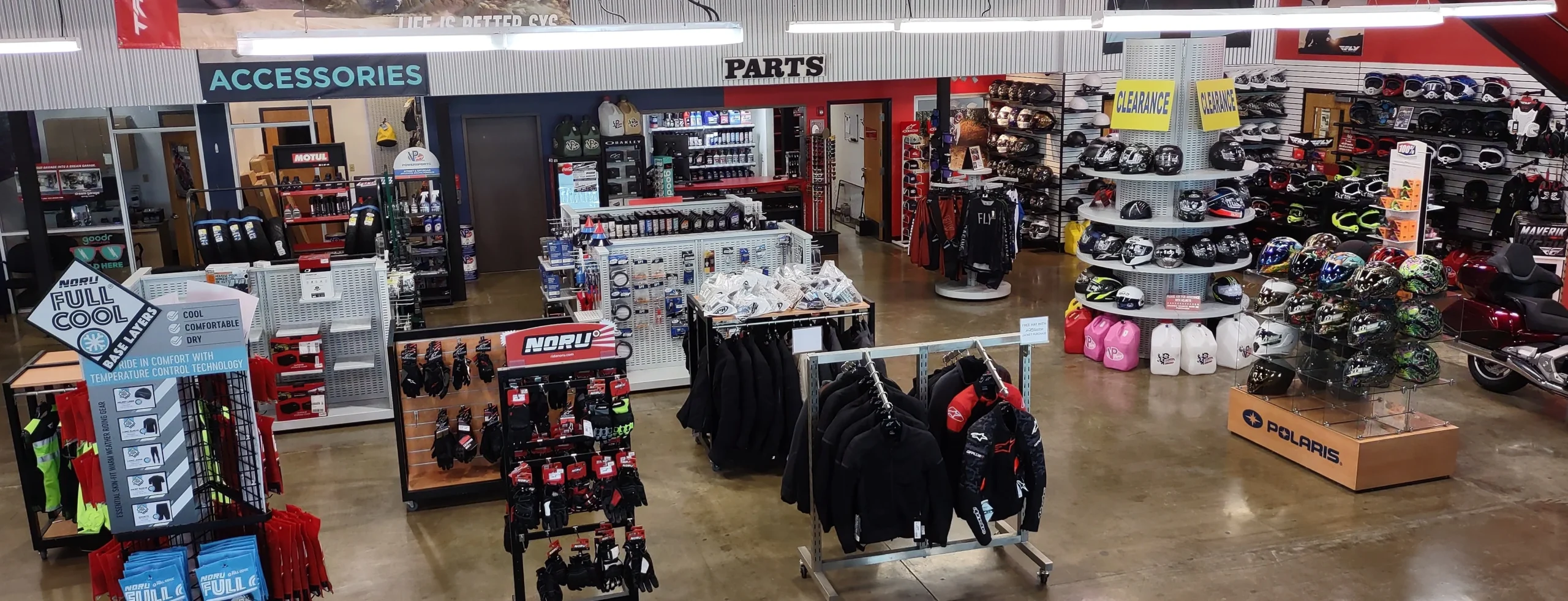Crucial Motorcycle Parts NZ for Peak Performance and Safety
Crucial Motorcycle Parts NZ for Peak Performance and Safety
Blog Article
Comprehending the Important Parts of a Motorcycle: A Comprehensive Overview for Fanatics
For bike fanatics looking to boost their riding experience and guarantee their bikes run efficiently, recognizing the essential components of a motorcycle is paramount. Each element, from the engine's intricate operations to the critical duty of the stopping systems, not only affects performance yet additionally security and comfort.
Engine Elements

The camshaft plays an essential duty in regulating the timing of the engine's valves, making certain the accurate opening and closing essential for efficient gas and air consumption, as well as exhaust expulsion. This timing is important to maintaining ideal engine efficiency and performance. Additionally, the carburetor or gas shot system, depending on the motorbike version, is accountable for mixing air with fuel in the right ratio for combustion.
The cooling system, either air or liquid-based, functions to keep the engine's temperature level within operational limits, stopping getting too hot and making certain longevity - motocross parts nz. Each component, carefully made and incorporated, adds to the smooth procedure of the engine, defining the motorcycle's power output and overall performance
Transmission System
Essential to the motorbike's performance, the transmission system makes sure effective power transfer from the engine to the wheels. This system consists of a number of essential parts, consisting of the clutch, transmission, and last drive, each playing an essential duty in converting the engine's power right into activity. The clutch, commonly run by a hand bar, offers to engage and disengage the engine from the transmission, allowing for smooth equipment modifications and controlled velocity.
The transmission, usually referred to as the transmission proper, includes a set of gears that riders can manually change with to change the bike's speed and torque output. These equipments are set up in a sequence that enables the motorcycle to increase efficiently and preserve optimal engine efficiency across various rates. A lot of motorbikes utilize a consecutive transmission, needing the rider to move gears in a predetermined order.
Braking Devices
While recognizing the transmission system is essential to utilizing a motorcycle's power, just as crucial is the ability to regulate and stop that power effectively, which is where stopping devices enter play. Brakes are vital for security and efficiency, offering the rider with the needed control to navigate different terrains and problems. Generally, bikes feature 2 kinds of braking systems: disc brakes and drum brakes.
Disc brakes are more common in modern motorbikes due to their remarkable performance. They contain a brake disc, caliper, and pads. When turned on, the caliper squeezes the brake pads versus the spinning disc, converting kinetic power into heat, thereby slowing down the wheel. This system uses much better warmth dissipation, regular efficiency, and improved quiting power, especially in wet problems.
Alternatively, drum brakes, though less typical, are still discovered in some bikes. They function by pressing brake shoes against the inner surface of a drum affixed to the wheel. While generally less effective in warm dissipation and stopping power, drum brakes are easier and a lot more cost-efficient.
Understanding these braking systems' nuances enables motorcyclists to keep their bikes properly and appreciate the design that ensures safe and efficient quiting.
Suspension and Guiding
Suspension and guiding systems are vital parts that significantly influence a bike's handling and adventure motocross gear convenience. The shock absorber, being composed of forks at the front and shock absorbers at the rear, absorbs road abnormalities, boosting security and control. Front forks, commonly telescopic or upside down, compress and rebound to reduce effects, while back shock absorbers maintain tire contact with the road, essential for grip and safety.
Guiding, focused around the handlebars, links the cyclist to the bike's directional control. The steering head bearings guarantee smooth operation, permitting exact maneuverability. Proper placement and upkeep of these bearings are important for predictable guiding action and decreasing rider exhaustion.
The suspension's adjustability is one more crucial facet; preload, damping, and rebound setups allow personalization to suit numerous riding styles and problems. This versatility is essential for maximizing performance, whether browsing urban roads or tackling sturdy trails. Technologies like electronic shock absorber provide real-time changes, boosting trip top quality across varied terrains.

Electric Systems
After making certain a smooth and controlled trip via efficient suspension and guiding systems, focus turns to the electric systems, a pivotal element of modern-day motorcycles. These systems play a critical duty not only in starting the engine yet also in powering numerous elements that enhance the capability and safety and security of the bike.
At the heart of a motorbike's electric system is the battery, which stores electrical energy needed for beginning the engine and powering auxiliary systems - motocross gear nz. The generator or generator, coupled with the rectifier-regulator, guarantees the battery stays billed while the bike is in procedure, transforming power into electrical energy and maintaining voltage levels
The ignition system, another vital element, is in charge of stiring up the air-fuel combination in the engine's cyndrical tubes. Modern bikes often utilize an electronic ignition system, offering greater efficiency and reliability contrasted to traditional systems.
Lights systems, consisting of fronts lights, tail lights, and indications, are additionally essential, ensuring presence and safety for the rider. Additional digital elements such as sensors, control units, and presents add to innovative attributes like gas injection management, anti-lock stopping systems (ABDOMINAL MUSCLE), and digital dashboards, further boosting the riding experience.
Verdict
A complete comprehension of a bike's necessary elements, consisting of the engine, transmission system, braking devices, suspension, steering, and electric systems, is important for enthusiasts intending to optimize efficiency, convenience, and safety. Mastery of these components permits notified choices relating to upkeep and upgrades, ultimately improving the riding experience. By incorporating this knowledge, motorcyclists can guarantee their motorcycles run at peak effectiveness and integrity, thereby making the most of both pleasure and long life of their vehicles.
For motorbike lovers looking to boost their riding experience and ensure their bikes run smoothly, comprehending the crucial components of a motorbike is vital.Integral to the motorcycle's performance, the transmission system makes sure reliable power transfer from the engine to the wheels.While recognizing the transmission system is key to utilizing a motorbike's power, just as important is the ability to control and stop that power effectively, which is where braking systems come into play. Commonly, bikes include 2 kinds of stopping systems: disc brakes and drum brakes.
A thorough comprehension of a motorcycle's important components, including the engine, transmission system, braking mechanisms, suspension, guiding, and electric systems, is crucial for fanatics intending to enhance safety and security, efficiency, and comfort.
Report this page